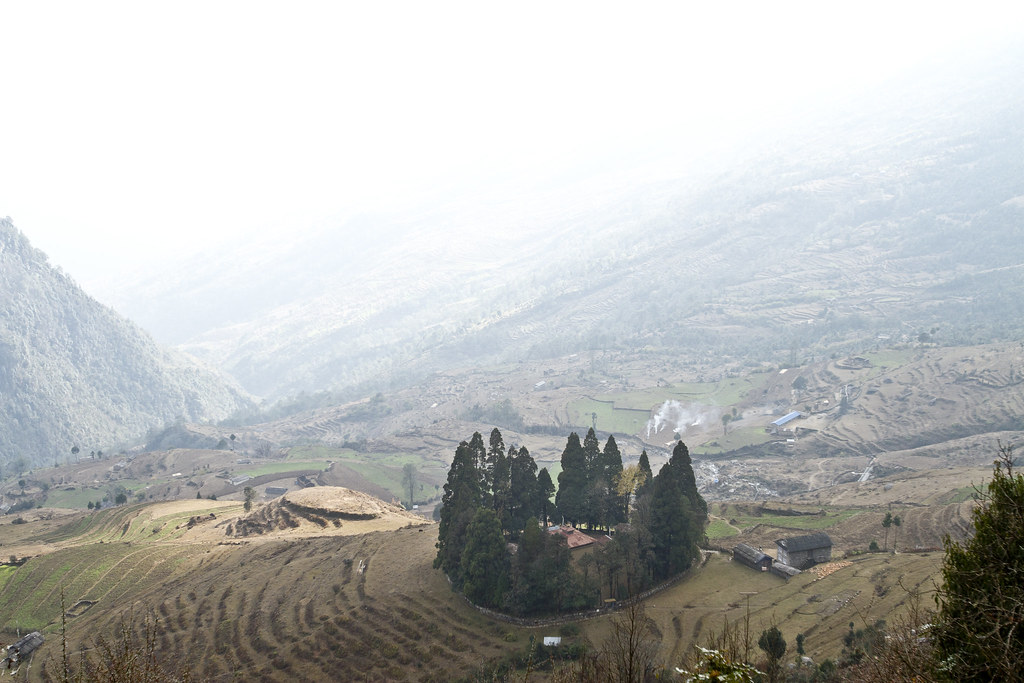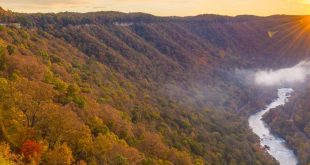Trekking is a great way to experience the wonders of nature, and it can be a life-changing experience for many. Trekking involves hiking through challenging terrain while taking in the beauty of nature, from majestic mountain peaks to lush forests and unique wildlife. It’s an adventure that can be shared with friends or family members as you explore new places and challenge yourself physically and mentally.

The Great Himalayan Trail
One of the most popular trekking destinations is the Great Himalayan Trail (GHT). This trail takes hikers through several countries in South Asia, including Nepal, India, Bhutan, Tibet, and Pakistan. The trail can be completed in one long trip or divided into smaller parts depending on time constraints and ability levels.
This trail in the Himalayas offers breathtaking views of some of the world’s highest peaks, including Mount Everest. Trekkers will traverse through high-altitude deserts, lush valleys, and snow-capped mountain ranges. As trekkers pass the trail, they’ll pass by stunning villages and ancient monasteries atop remote mountains.
The Appalachian Trail
The Appalachian Trail is an excellent option for those seeking a trekking experience closer to home. This trail stretches more than 2,000 miles from Georgia to Maine through 14 different states in the United States. Along this stunning journey, hikers will pass by beautiful forests, rolling hills and mountains, and extraordinary wildlife.
Several organizations offer guided tours of the Appalachian Trail to make it easier for first-time trekkers. They provide information on hikes, campsites, and points of interest along the way so that trekkers can safely explore all this nature has to offer.
The Kilimandjaro Trail
The Kilimandjaro Trail is an African trekking adventure that takes hikers to the summit of Africa’s highest mountain. This treks kilimanjaro journey spans seven days and requires significant physical preparation, but the payoff is worth it. Along this breathtaking route, trekkers will pass through five distinct climate zones and admire views from the summit that span miles in every direction.
Physical preparation
Being physically prepared is essential regardless of where you go on your trekking adventure. Trekking often involves hiking long distances with a heavy backpack, so it’s essential to condition your body ahead of time. Regular hikes and strength-training exercises will help you build endurance and power for the trekking journey.
Having the proper gear is also essential. Ensure you have all the necessary items, such as waterproof clothing, sturdy shoes, a tent, and a sleeping bag. Always bring plenty of food and enough clean water to stay nourished is also essential.
Eating right on a trekking adventure
Eating right on a trekking adventure is essential for maintaining energy levels and staying healthy. Trekkers typically carry food with them, as rest stops are few and far between, and restaurants need to be more present in remote areas. While the weight of food should be kept to a minimum, it’s essential to pack nutritional meals that will provide energy for the journey ahead.
When packing meals, try to include nutrient-rich foods that are easy to digest, like nuts, seeds, dried fruits, and granola bars. These foods provide sustained energy throughout the day and help maintain blood sugar levels. It’s also helpful to include snacks that contain complex carbohydrates like whole grain crackers or oatmeal.
It’s essential to stay hydrated during a trekking adventure. Aim to drink at least two liters of water daily, and ensure you have enough clean drinking water available throughout your journey. Drinking tea or coffee can also help stimulate alertness when needed. Additionally, avoid processed foods if possible, as they are heavy and can cause digestive issues in remote areas with limited restrooms.
Eating regularly throughout the day is essential rather than waiting until you reach camp at night for a large meal. Eating on a regular schedule helps keep energy levels up while avoiding fatigue and exhaustion later on in the day. When packing meals for the trail, opt for light meals such as soups or stews that can be reheated by boiling water over a camping stove or fire pit.
Safety Tips
Staying safe while trekking is paramount. Before embarking on your adventure, ensure you are familiar with any potential dangers associated with the area regarding weather conditions or wildlife encounters. Ensure you know basic navigation fundamentals, such as reading a map and using a compass.
It’s also important to be aware of your surroundings, especially in remote areas with limited cell phone coverage. Make sure you bring a first aid kit just in case of any injuries or medical issues that may arise. Always telling someone exactly where you are headed and when you plan on returning is essential so they can send help.
The bottom line
Trekking is a great way to explore nature and challenge yourself physically and mentally. Whether tackling the Great Himalayan Trail, Appalachian Trail, or Kilimandjaro Trail, it’s essential to be prepared with adequate gear and knowledge of potential dangers along the journey. Eating right on a trekking adventure can also make all the difference in energy levels and staying healthy during your trip. With proper preparation, planning, and safety measures considered, you’ll have an unforgettable experience that will give you stories for years.
 World inside pictures Collect and share the best ideas that make our life easier
World inside pictures Collect and share the best ideas that make our life easier







